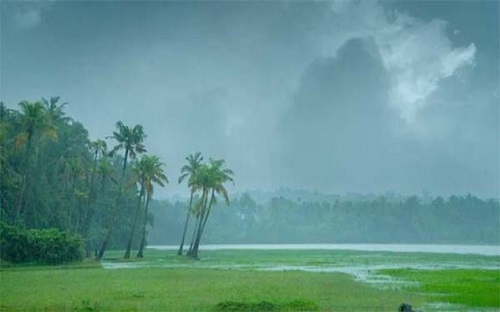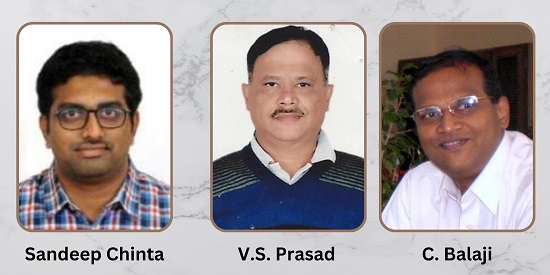
The Indian summer monsoon is among the oldest global monsoon phenomena occurring with striking regularity every year. A team of Indian researchers simulated twelve weather events during the period 2018–2020 to revamp the weather forecasting for better preparedness.
“Over the years heavy rainfall events have increased with a noticeable increase in both the average frequency of heavy rainfall events and the percentage of seasonal rainfall. So, accurately simulating the heavy rainfall events during the monsoon is crucial,” the researchers observe.
The study team from the Indian Institute of Technology Madras (IITM), Chennai; National Centre for Medium Range Weather Forecasting, (NCMRWF), Noida and the Indian Institute of Science, (IISc) worked on a parameter-calibrated weather research and forecasting model for hybrid data assimilation. They used two data assimilation algorithms and the weather research and forecasting model data assimilation system.
The team considered two previous studies which only addressed one aspect of improving the numerical weather prediction (NWP) model: increasing the accuracy with which the model represents the physics of the atmosphere. However, these studies did not consider the second aspect of improving the model prediction: increasing the accuracy of the initial conditions provided to the model.
Predicting the weather accurately is of great ecological and economic importance and is studied by researchers all over the world. Heavy rainfall events during the monsoon cause landslides and flash floods resulting in a significant loss of life and property each year in India.

“The study addresses both aspects by implementing hybrid assimilation on a parameter-calibrated model to improve prediction. Six experiments (for each of the 12 events) were performed. Overall, data assimilation with calibrated parameters showed a significant improvement for the variables: rainfall (18.04%), surface air temperature (7.91%), surface air pressure (5.90%), and wind speed at 10 meters (27.65%) compared to the default parameters without assimilation,” the researchers add.
Apart from calibrating the parameters, the accuracy of the model prediction also depends on the exactness of the initial conditions. Data assimilation with the help of observational data from multiple sources like satellites, radiosondes, aircraft measurements, etc. is used to improve the initial conditions.
Predicting the weather accurately is of great ecological and economic importance and is studied by researchers all over the world. Heavy rainfall events during the monsoon cause landslides and flash floods resulting in a significant loss of life and property each year in India.
Over the last few years, India’s eastern and western coasts have faced devastating cyclones. “There is a need to extend this work to consider heavy rainfall events that occur when a cyclone moves over land,” comments Prof. J. Srinivasan of the IISc, while underlining the importance of the study.
The team comprised Sandeep Chinta, V.S. Prasad, and C. Balaji. The study has been published in Current Science. It was supported by the National Monsoon Mission of the Ministry of Earth Sciences (MoES), Government of India.
India Science Wire
ISW/SM/MOES/ISM/Eng/28/06/2023





